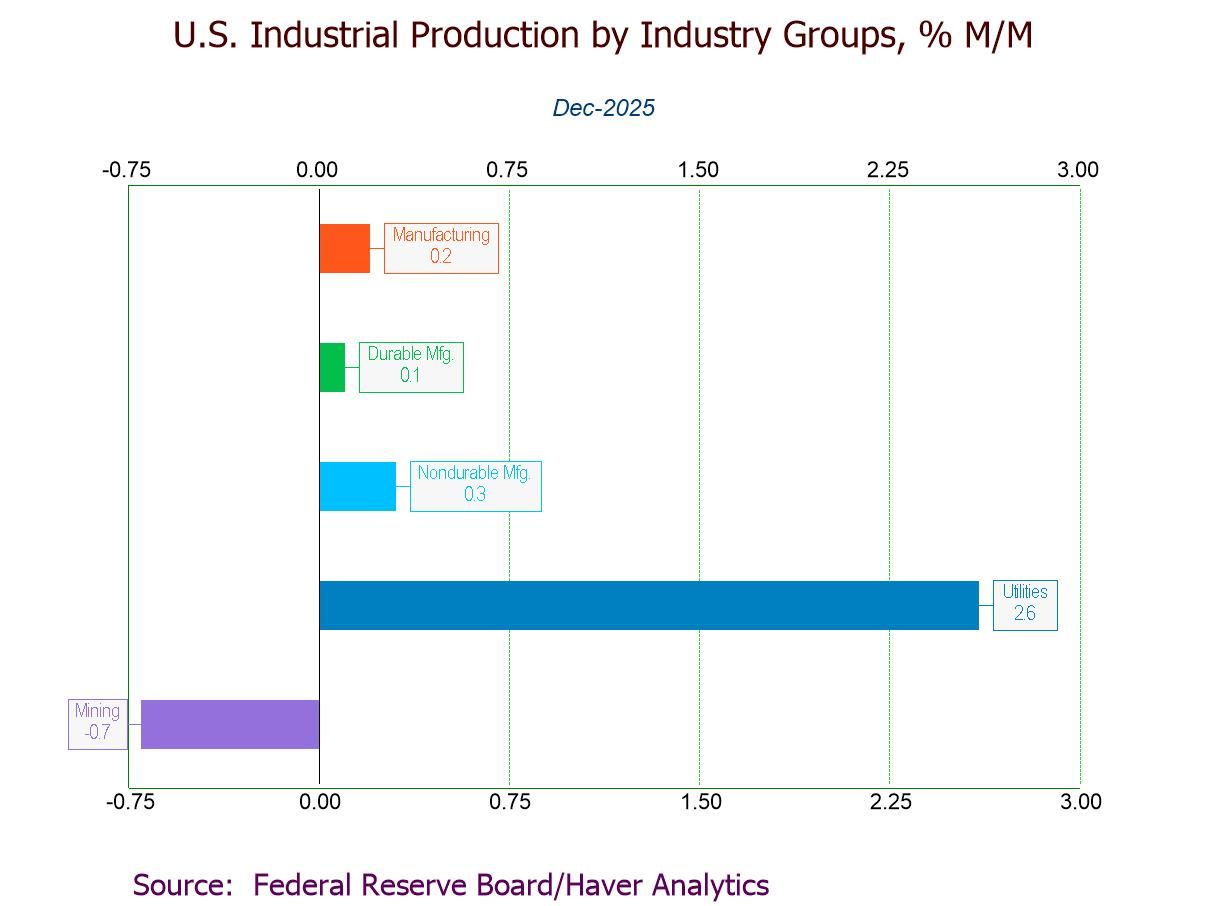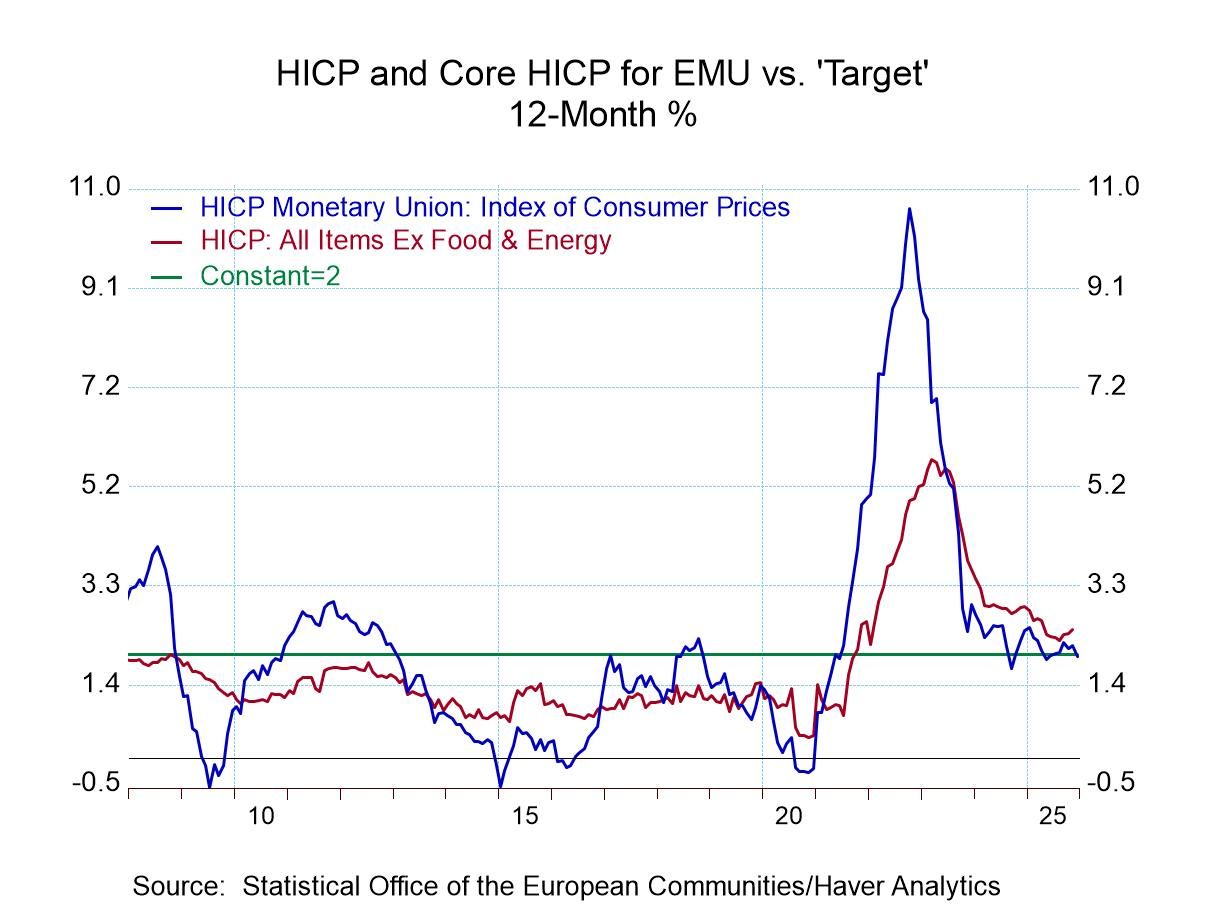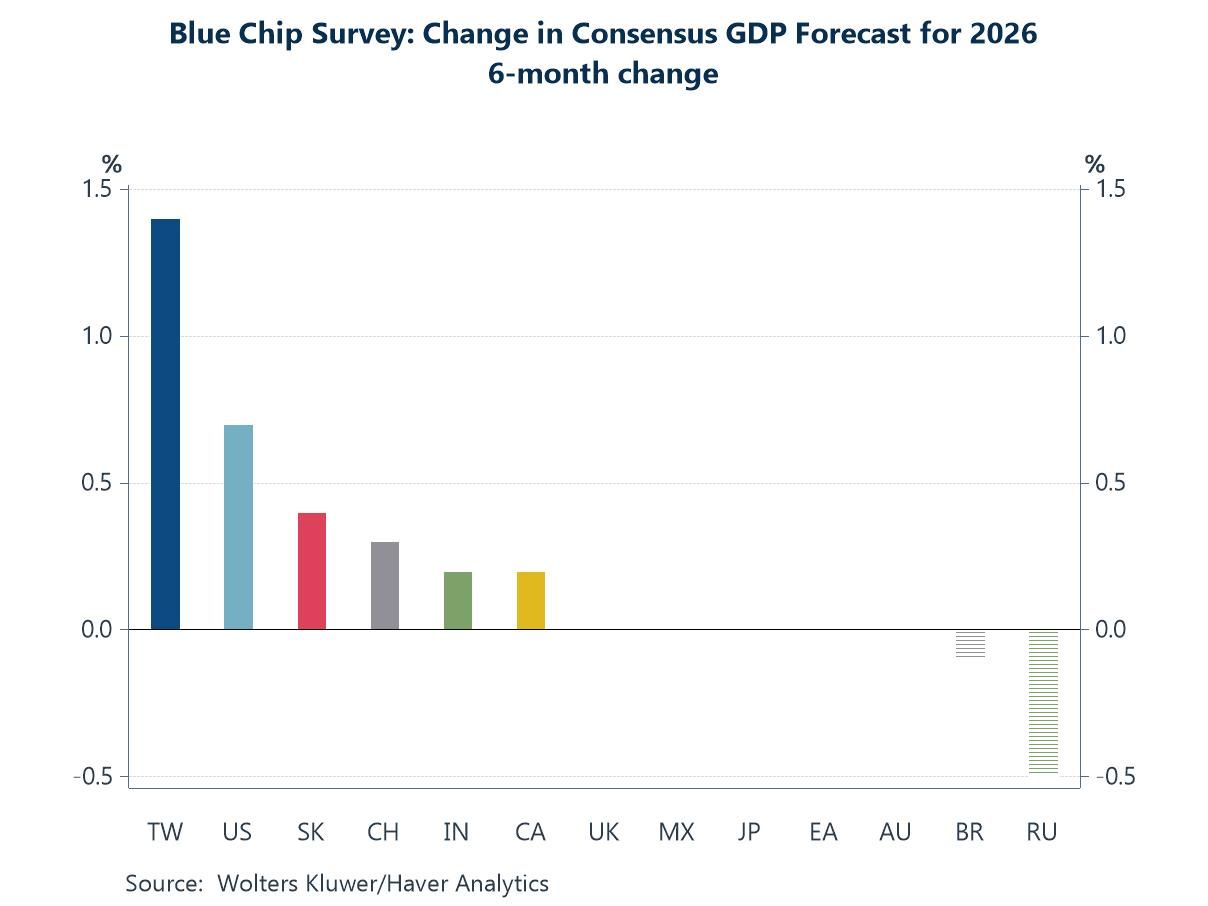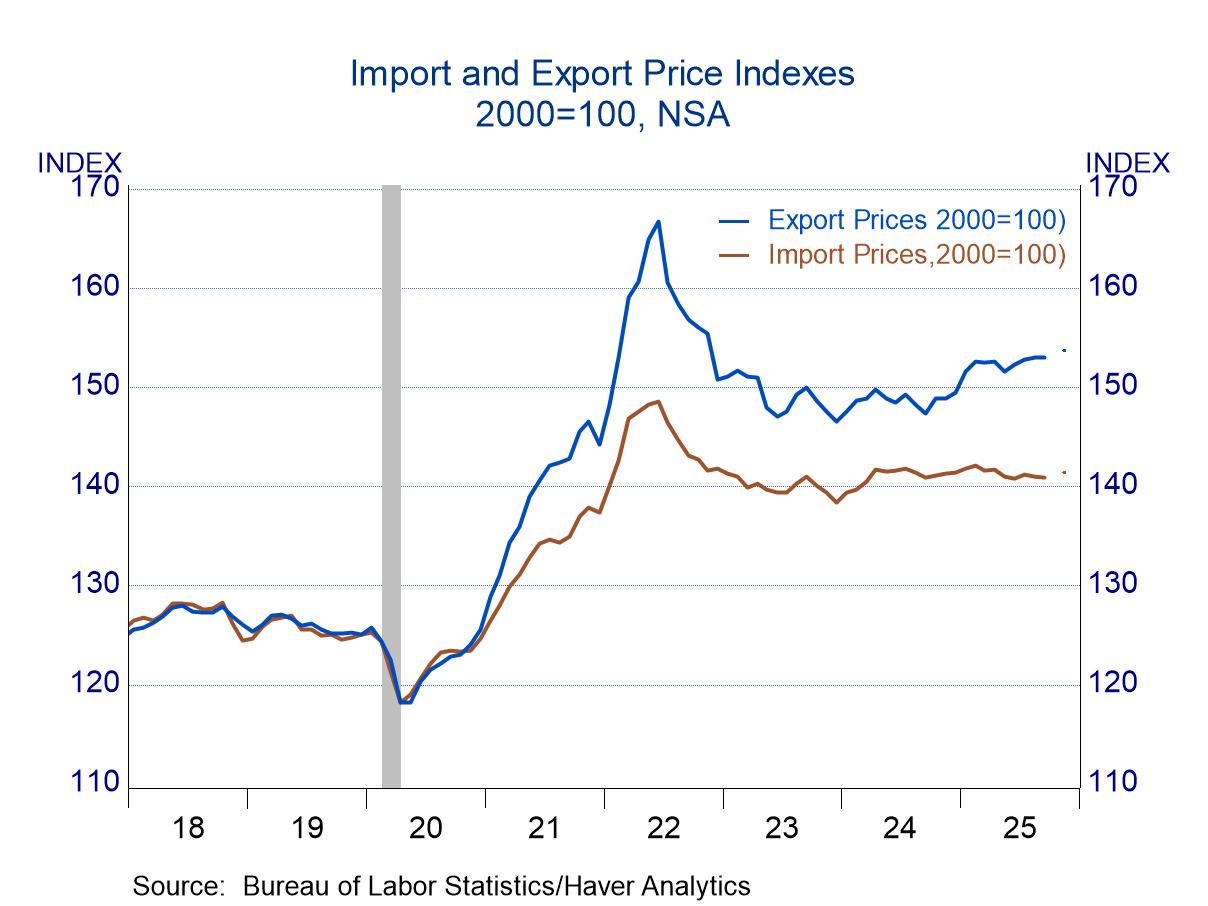U.S. Payroll Employment Surges in March; Wage Growth Improves & Jobless Rate Eases
by:Tom Moeller
|in:Economy in Brief
Summary
- Latest job increase accelerates to quickest since last May.
- Earnings increase moves up.
- Jobless rate slips as employment jumps.


Nonfarm payrolls increased 303,000 (1.9% y/y) in March after rising 270,000 in February, revised from 275,000, and 256,000 in January, revised from 229,000. Expectations had been for a 203,000 rise in the Action Economics Forecast Survey. The three-month average change of 276,000 is the highest since March of last year.
Average hourly earnings increased an expected 0.3% last month after rising 0.2% in February, revised from 0.1%. The 4.1% y/y earnings increase remains below the 5.9% peak in March 2022.
The unemployment rate, measured in the household survey, eased to 3.8% in March, matching expectations, after rising to 3.9% in February. Household employment rose 498,000 after falling 184,000 in February. The labor force rose 469,000 after a 150,000 February gain. The overall unemployment rate, including workers who were marginally attached & working part-time for economic reasons held at 7.3%. It remained the highest rate since December 2021.
In the establishment survey, private-sector employment increased 232,000 (1.7% y/y) after rising 207,000 in February. Construction sector employment increased 39,000 (3.6% y/y) following a 26,000 February gain. Mining & logging sector jobs rose 3,000 (1.8% y/y) after rising 1,000 in February. Factory sector employment held steady last month (0.2% y/y) after a 10,000 decline.
Private service-producing sector employment improved 190,000 in March (1.8% y/y), the same as in February. Increases varied greatly amongst service sector categories. Education & health service jobs rose 88,000 (4.3% y/y) after rising 82,000 in February while leisure & hospitality employment rose 49,000 (2.8% y/y) after a 43,000 gain. Trade, transportation & utilities employment gained 27,000 (0.5% y/y) after rising 46,000 while professional & business service jobs increased 7,000 (0.7% y/y) after a 17,000 February rise.
Government sector payrolls surged 71,000 last month (3.0% y/y) after increasing 63,000 in February. It was the largest increase in three months. Local government jobs increased 49,000 (2.6% y/y) after rising 42,000 in February and state government employment rose 13,000 (3.9% y/y) after an 11,000 gain. The number of federal government jobs increased 9,000 (3.3% y/y) following a 10,000 rise.
The 0.3% rise in private-sector average hourly earnings reflected a 0.6% rise (5.4% y/y) in the goods-producing sector which followed a 0.2% improvement in February. Earnings in construction strengthened 0.5% (5.0% y/y) while factory sector earnings strengthened 0.6% (5.4% y/y). In the private services-sector, earnings rose 0.3% last month (3.9% y/y) after a 0.2% rise. Information sector earnings rose 0.5% (2.6% y/y) following a 0.2% gain. Financial sector earnings increased 0.5% (5.8% y/y) for the second straight month. Education & health services earnings ease slightly (+2.9% y/y) after increasing 0.2% in February.


The length of the average workweek rose to 34.4 hours in March after rising to 34.3 hours in February. The workweek in the goods-producing sector rose to 39.9 hours, the highest level in five months. The construction sector average workweek rose to 39.3 hours, the highest level since November. The factory sector workweek held steady at 40.0 hours while the average workweek in the private service sector also was unchanged at 33.3 hours. The aggregate weekly hours index, a key indicator of production and income, rose 0.5% (1.7% y/y) and was up a steady 1.0% (AR) in the first quarter.
The household survey indicated a slip in the jobless rate to 3.8% as the size of the labor force rose moderately. The labor force participation rate rose to 62.7% after three months at 62.5%. The rate for teenagers moved up to 38.2%, while for individuals aged 20-24 it rose to 72.1%. For rate for workers aged 25-54, it eased to 83.4% and for workers 55 and over, it improved slightly to 38.6 hours.
The employment/population ratio for all workers rose to 60.3% in March, but was slightly below where it was twelve months earlier. It remained below its reading of 61.1% in February, 2020 just prior to the pandemic.
The employment and earnings data are collected from surveys taken each month during the week containing the 12th day of the month. The labor market data are contained in Haver's USECON database. Detailed figures are in the EMPL and LABOR databases. The expectations figures are in the AS1REPNA database.
Risks and Uncertainty in Monetary Policy: Current and Past Considerations from Fed Governor Michelle W. Bowman is available here.


Tom Moeller
AuthorMore in Author Profile »Prior to joining Haver Analytics in 2000, Mr. Moeller worked as the Economist at Chancellor Capital Management from 1985 to 1999. There, he developed comprehensive economic forecasts and interpreted economic data for equity and fixed income portfolio managers. Also at Chancellor, Mr. Moeller worked as an equity analyst and was responsible for researching and rating companies in the economically sensitive automobile and housing industries for investment in Chancellor’s equity portfolio. Prior to joining Chancellor, Mr. Moeller was an Economist at Citibank from 1979 to 1984. He also analyzed pricing behavior in the metals industry for the Council on Wage and Price Stability in Washington, D.C. In 1999, Mr. Moeller received the award for most accurate forecast from the Forecasters' Club of New York. From 1990 to 1992 he was President of the New York Association for Business Economists. Mr. Moeller earned an M.B.A. in Finance from Fordham University, where he graduated in 1987. He holds a Bachelor of Arts in Economics from George Washington University.






 Global
Global